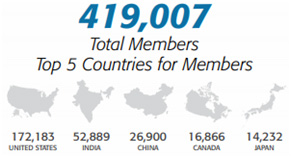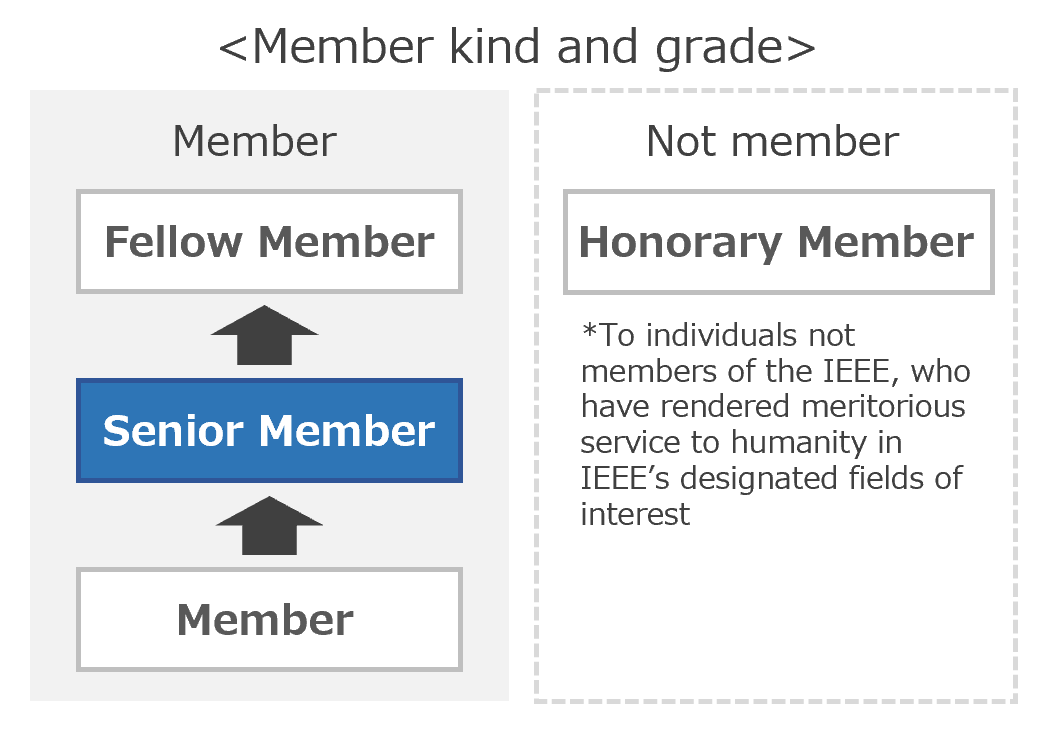Director of R&D Center Promoted to IEEE Senior Member!

What is the IEEE
The Institute of Electrical and Electronics Engineers (IEEE), headquartered in the United States, is the world's largest academic research organization and technical standards organization in the field of electrical and information engineering.
The IEEE has more than 400,000 members in more than 160 countries, and is organized into 39 subcommittees that publish papers, hold international conferences, develop standards, and support communication among members.
Since its founding in 1963, it has focused on the fields of electrical engineering and electronics, telecommunications, and semiconductors, but in recent years it expanded into peripheral areas such as robotics/automation and vehicle technology.
What is a Senior Member
Senior Member is the highest grade of IEEE membership, held by only about 10% of all members.
To be promoted, a person must be "an engineer, scientist, educator, or technical manager in an IEEE-related field who has been engaged in professional work for at least 10 years, with five years of significant achievement in that time," and must be recommended by three persons who are also Fellow Members, Senior Members, or Honorary Members.
The promotion to Senior Member is the result of recognition of research achievements in power electronics technology and simulation.
In other words, it is evidence of recognition of the high level of ROHM R&D activities.
R&D results highlighted in the letter of recommendation
1.Power Electronics Technology: 2015-Present
Related Papers
2.Simulation Technologies in Power Electronics: 2013-Present
Related Papers
Director of R&D Center Profile
Ken Nakahara
Ken Nakahara joined the company in 1995. He has been involved in the development of gallium arsenide (GaAs)-based laser diodes and research on zinc oxide (ZnO)-based LEDs, gallium nitride (GaN) power devices, and silicon carbide (SiC) power devices.
Since 2019, he has served as the director of the R&D Center, where he leads research on a variety of power modules, systems, and simulation technologies, in addition to new material devices.


